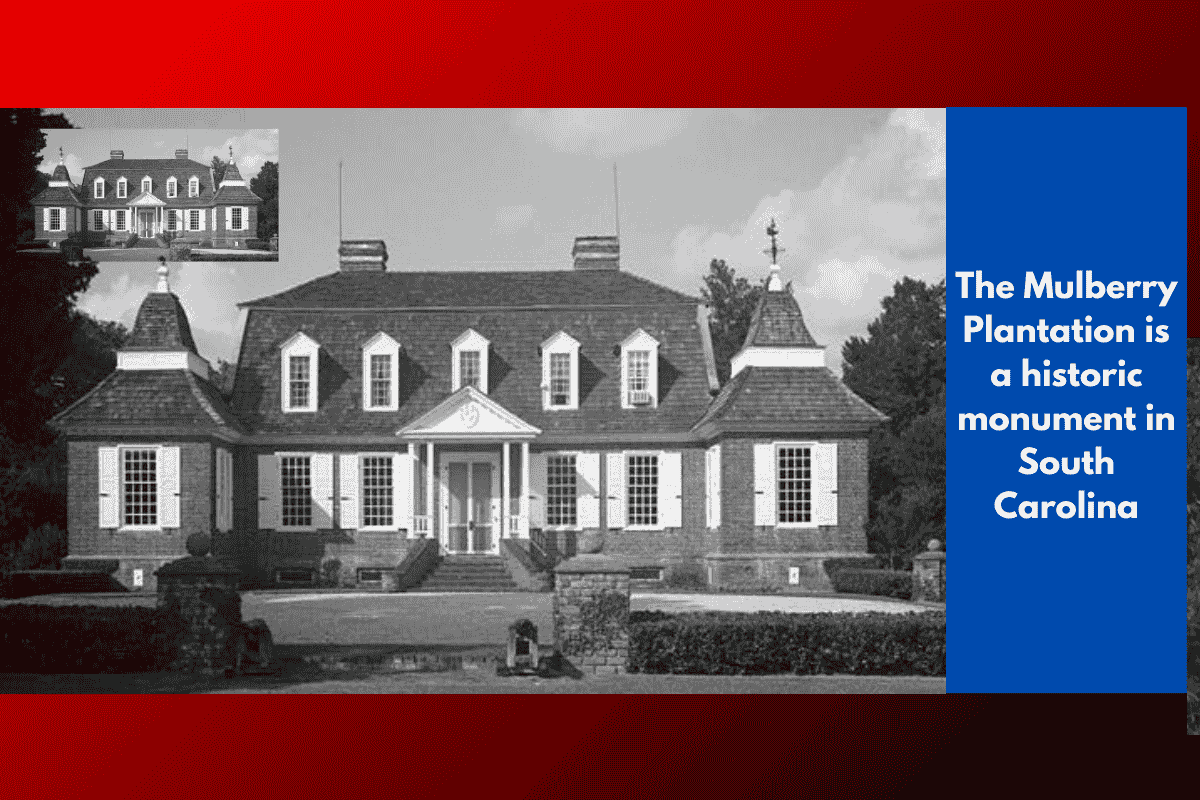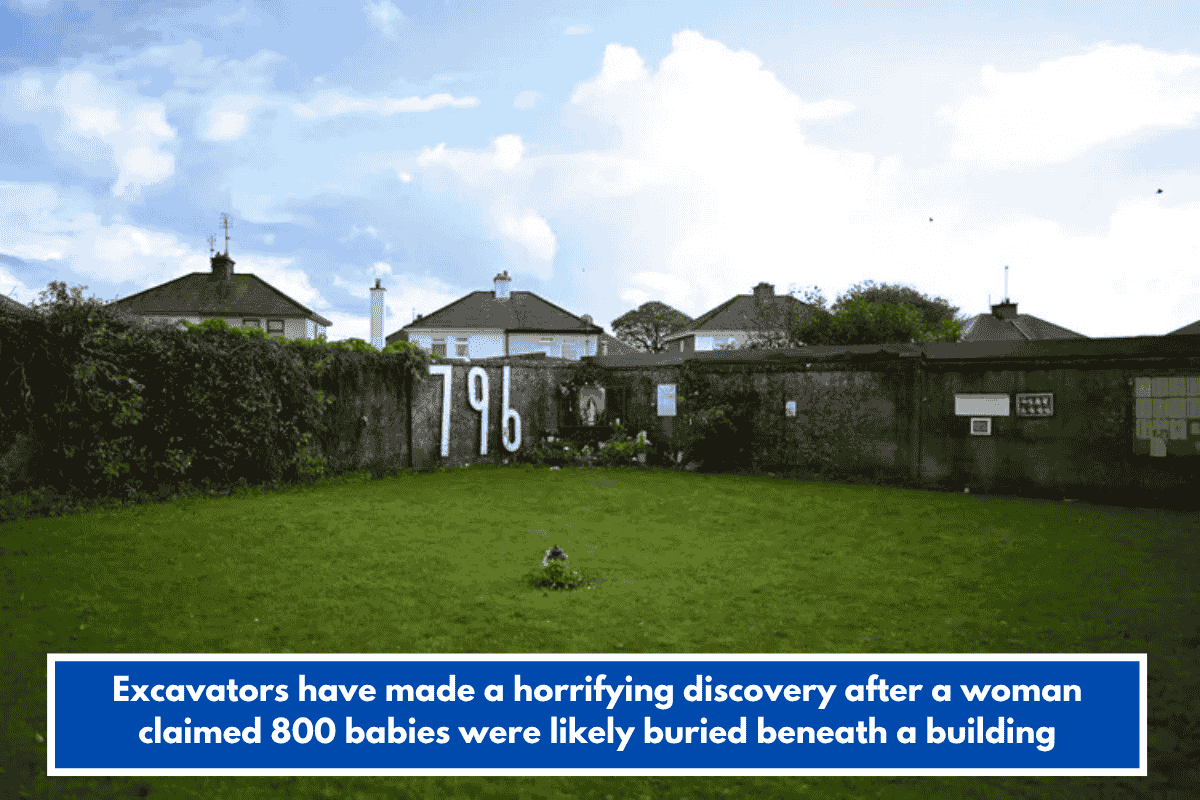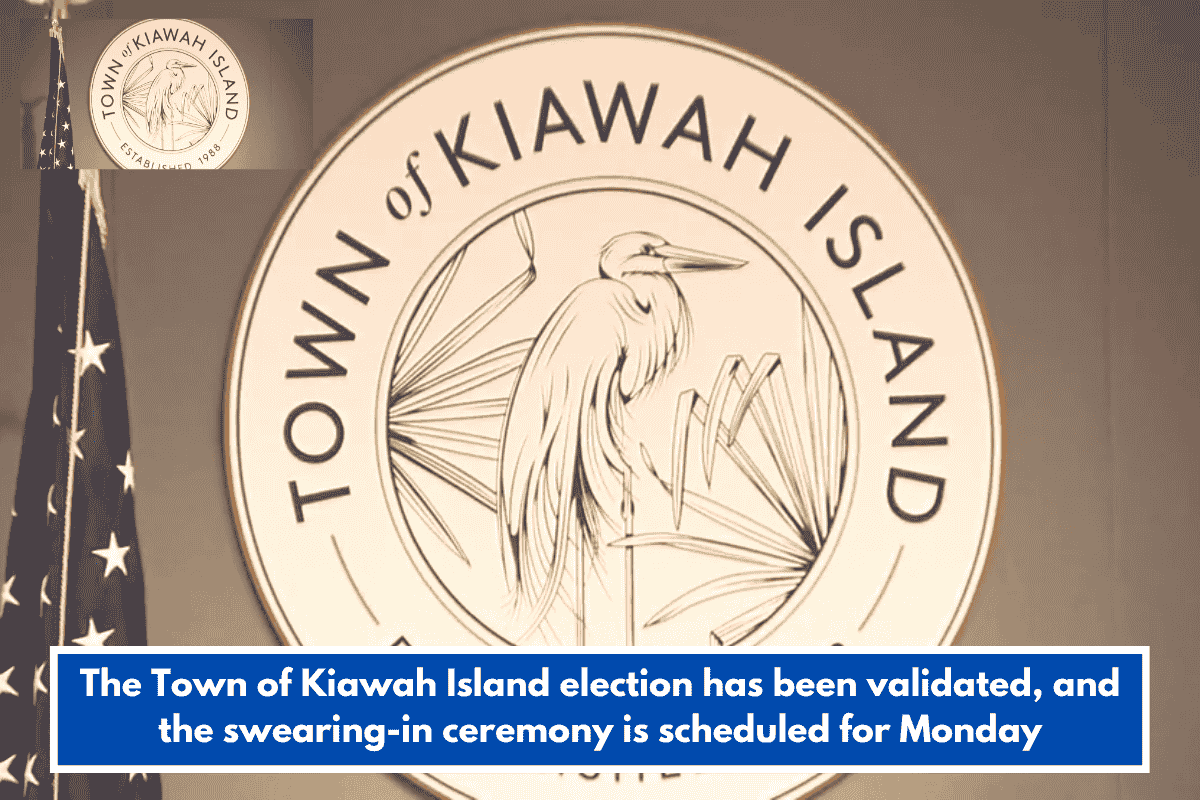South Carolina is home to more than 70 National Historic Landmarks, and among them stands Mulberry Plantation, one of the oldest surviving plantation homes in the United States. Though it is privately owned and not open to the public, the property carries centuries of history, from colonial settlement through wars that shaped the state and nation.
Location and Early History
Mulberry Plantation is located in rural Berkeley County, near Oakley, between Moncks Corner and Charleston. The land was first granted to Sir Peter Colleton in 1679 before being acquired by Thomas Broughton in 1712. Two years later, in 1714, Broughton built the stately mansion, which still stands today.
Broughton, originally from County Durham, England, played a prominent role in South Carolina’s early government. He served as Speaker of the Commons House of Assembly from 1726 to 1730 and later as Royal Governor of South Carolina from 1735 to 1737.
Surviving Centuries of Conflict
Remarkably, Mulberry Plantation survived both the 1715–1717 Yamasee War and the Civil War. Its survival through these turbulent times has helped preserve one of the few early plantation homes still standing in the United States.
Architectural Significance
The house is sometimes referred to as “Mulberry Castle”, believed to have been modeled after Seaton Hall in England. With its grand architecture and age, it represents an important piece of early colonial design in America.
National Recognition
Mulberry Plantation was officially recognized as a National Historic Landmark on October 9, 1960. Later, on October 15, 1966, it was added to the U.S. National Register of Historic Places.
In September 2018, the plantation was sold for $13.25 million, underscoring both its historical and real estate value.
Remembering Mulberry’s Legacy
A historical marker near Moncks Corner, SC offers information about the property and its significance. Visitors can learn about its origins, Broughton’s legacy, and its place in South Carolina’s history, even though the plantation itself is closed to the public.
For those interested in a closer look, Architectural Digest published an article in 2016 featuring rare interior images and more details about the plantation’s more than 300-year-old history.
Mulberry Plantation remains a reminder of South Carolina’s deep colonial roots, political history, and architectural heritage.














